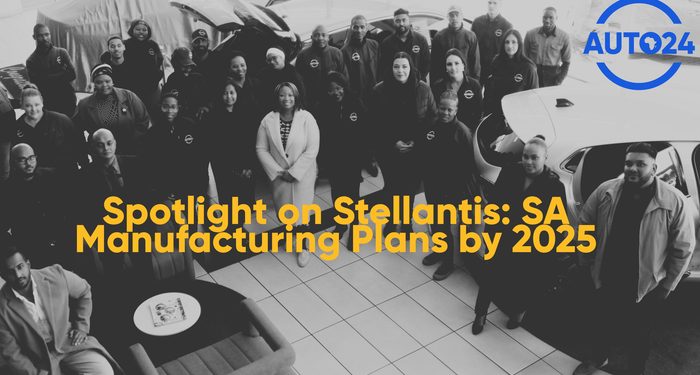A Milestone for Local Manufacturing
Stellantis, the automotive giant behind brands like Jeep, Fiat, Peugeot, and Citroën, has announced plans to begin manufacturing in South Africa by 2025. This marks a significant step not only for Stellantis but also for the country’s industrial development. For South Africa, the move holds promise for job creation, supply chain expansion, and long-term investment opportunities.
A Boost for Employment and Skills Development
One of the most anticipated benefits of Stellantis’ manufacturing entry is the creation of new jobs. Industry reports suggest thousands of direct and indirect opportunities, spanning from factory roles to logistics and supplier positions. Beyond employment, the initiative could foster skills development programs, training a new generation of workers in cutting-edge automotive technology.
- Direct jobs: Manufacturing and plant operations.
- Indirect jobs: Logistics, supply chains, and aftersales support.
- Upskilling opportunities: Technical training for EV and hybrid assembly.
For communities near the planned production sites, this represents a chance for long-term, sustainable economic uplift.
Strengthening South Africa’s Supply Chains
The ripple effect of a new Stellantis plant could strengthen local suppliers and parts manufacturers. By localizing production, Stellantis can reduce reliance on imports, lower production costs, and create opportunities for small and medium enterprises in the automotive ecosystem.
- Local content growth: Parts and components sourced domestically.
- Export potential: Vehicles produced locally could be shipped to regional markets, boosting trade.
- Stability for dealerships: A more consistent supply of stock, reducing wait times for customers.
This integration of supply chains not only supports Stellantis’ strategy but also aligns with South Africa’s broader industrial policy goals.
Economic Ripple Effects
Stellantis’ move will likely stimulate ancillary industries — from transport and energy to IT and services. Government support through incentives and partnerships could further enhance these effects. By 2025, South Africa could see:
- Increased foreign direct investment (FDI).
- Stronger automotive export figures.
- Community investment programs, as global brands often fund local development initiatives.
This holistic growth underscores why Stellantis’ plans are more than just a manufacturing deal — they’re a potential catalyst for national economic transformation.
Challenges Ahead
Despite the promise, challenges remain. Energy insecurity, infrastructure backlogs, and labor negotiations could affect timelines. For Stellantis, ensuring smooth collaboration with government and unions will be key to long-term stability.
Conclusion: Building the Road Ahead
Stellantis’ South African manufacturing plans signal a major shift in the local auto industry, with benefits that extend beyond cars. By 2025, the country may not only gain new models and stronger supply chains but also see real progress in job creation and economic empowerment. If successful, Stellantis could become a cornerstone in South Africa’s automotive landscape, helping drive both industry innovation and inclusive growth.





